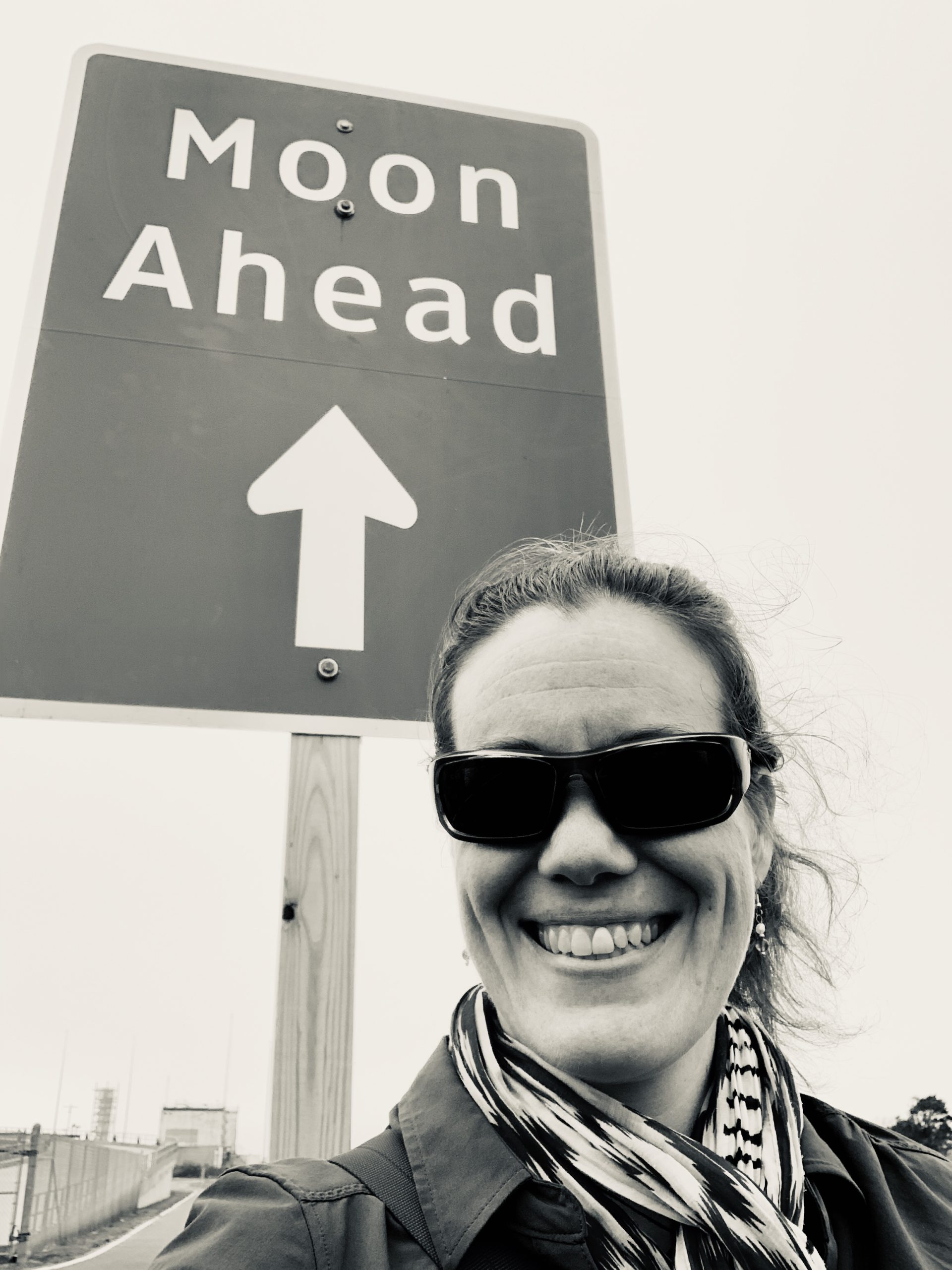Terri Brandt new head of SRON Astrophysics program
Terri Brandt has made her way from NASA to start as the new head of SRON’s astrophysics program. ‘SRON’s unique triangle of expertise provides us with many possibilities for audacious science.’
Dr Brandt was selected via a competitive process following an international recruitment campaign. ‘Leading the SRON Astrophysics Programme requires a rare combination of skills,’ says SRON director Michael Wise. ‘You need to be a strong scientist, have experience with technology and mission development, and of course also understand management, both for projects and people. It’s a tall order to find someone who can bring all those skills to the job. Which is why we’re so excited to have someone with Terri’s experience and broad expertise step into the role. With her NASA background, Terri is already very familiar with many of the projects in our Astrophysics portfolio and the kind of work we do here at SRON. I’m looking forward to working with her to strengthen the Astrophysics programme in the coming years.’
NASA
After a PhD at Ohio State University, including a 4-month trip to Antarctica, and a postdoc in Toulouse, Brandt worked at NASA for over a decade. There she led the First Fermi Supernova Remnant Catalog, consisting of all 279 known Galactic supernova remnants, combining gamma ray observations with multiwavelength data. At the same time, she collaborated on the balloon mission SuperTIGER, which measured ultra-heavy cosmic rays that most likely originate from supernova progenitors. In 2016, Brandt created the NASA Goddard contribution to the COSI mission to measure soft gamma rays, which are hard to detect because of their complicated interaction mechanisms.
Unique expertise triangle
Brandt now brings this experience to SRON where she sees a unique triangle of expertise in place that shape the institute’s astrophysics program. ‘This expertise triangle, with science, technology development and instrumentation all combined, is not something you see everywhere. And to leverage this strength into future work is quite exciting. My new position is a fantastic opportunity to lead a collaborative vision for the Astrophysics program, combining our researchers’ cutting-edge work into a strategy for audacious science. I’m interested in learning from my SRON colleagues, to understand what is working and what areas could be improved. I start off with the advantage of an outside perspective, so I can ask the naïve questions that people haven’t thought about.’
Possibilities for new space missions
‘Our unique expertise triangle provides us with many possibilities. Of course I’m familiar with the NASA opportunities, such as the infrared probes for our KID technology, but there are also many future ESA missions we can be a part of. We have the XRISM and Gusto launches coming up and Athena remains a major project for us, so the short-term is already exciting. With the recent LISA funding we now have a fantastic opportunity to expand our research into gravitational waves as well. I am looking forward to continuing to grow and develop such a world class program!’
Awards
In addition to her distinguished research, Brandt’s scientific leadership is reflected in her roles as Program Scientist at NASA Headquarters, Associate Lab Chief of NASA Goddard’s Observational Cosmology Lab and Chief Scientist of NASA’s Physics of the Cosmos Program (PhysCOS). These roles also led to her involvement in ESA activities including Euclid, LISA and Athena, as well as major NASA activities such as the large mission studies and planning for and implementing the Decadal Survey recommendations. Brandt has won NASA leadership awards for the COSI Phase A and PhysCOS teams. Among many other awards, she was also given the Congressional Antarctica Service Medal.
Pages:
- 1
- 2


